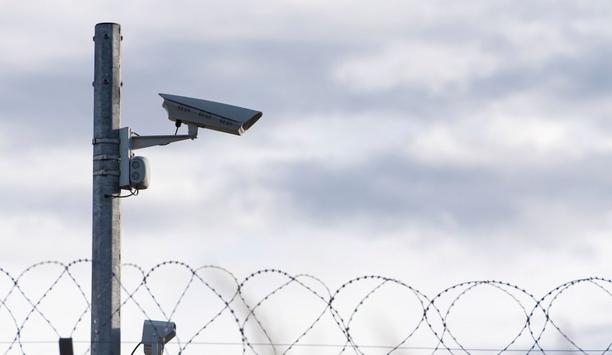 |
| Security integrators prefer to standardize their choices of system components such as power supplies using security manufacturers they are familiar with |
Power supplies are a vital component of a security system but are not always considered to be mission critical. Often situated in a utility area, power supplies are essential to a continuous, trouble-free operation. Both end users and integrators require systems that will provide 24/7 security, as well as the best return on investment (ROI). The last thing any systems integrator or end user wants is to deal with costly service calls as a result of unreliable products or a flawed system design.
A variety of power supply options are available in many configurations. Selecting the correct power solutions matched to specific products and their locations ensures trouble-free operation and adds a high degree of reliability.
Power supply complexities: beyond the right voltage
The complexities of choosing and installing power supplies for various surveillance or access control systems extend beyond merely providing the appropriate voltage. Variables such as cable size, length and current draw will affect voltage drop. Voltage drop can result in devices not functioning properly and may shorten operational lives of equipment. The power supply may be correct for the device but the wiring may not be, so the selection of all the components in your power solution should be made hand in hand.
The various devices that comprise the security system carry various power ratings, so installers need to ensure that adequate power is actually being supplied to the device. A variety of online tools are available to calculate voltage drop based on variables such as load current, cable gauge and distance. Another important design consideration is the specific amount of battery back-up required to keep the system running for a set period of time during power interruptions.
 |
| The complexities of choosing power supplies for various surveillance systems extend beyond merely providing the appropriate voltage |
The role of IP in deployment of power supplies
The security industry's transition to networked systems using Internet Protocol has created a paradigm shift in the design and deployment of power supplies. Today, many IP system components are powered using 15 watts of power that travel over the same cable which connects to the network using power over Ethernet (PoE) technology. Network switches may include integrated power supplies that provide PoE and the use of a mid-span power injector will ensure there is ample power. Some PoE switches may not provide PoE+ (IEEE802.3AT) which is specified for certain devices that require higher power. Mid-spans are available that provide both PoE and PoE+ injecting mid-span power onto a network cable maintaining power to the device even in case of a network outage; for example, a network camera capable of recording to an onboard SD card would continue to operate and record locally even if the network connection is out.
Adapting to customer needs
Professional security integrators and designers prefer to standardize their choices of system components such as power supplies using best-of- breed security manufacturers they are familiar with, especially where special features are required, and that have a proven track record.
For integrators, designing the correct power solutions contributes to maximum efficiencies and cost savings that will have a positive impact on the bottom line. Advantages of an efficient and cost saving design include smaller footprints which conserves valuable real estate wherever it’s installed, reduction of installation labour in comparison to conventional power supplies and reduced costs of licensed electricians to connect one power source versus many.
Collaboration to meet changing power supply requirements
System integrators should work |
Power requirements are constantly changing. For greater efficiency, system integrators should work closely with other companies and manufacturers of security and surveillance devices to ensure seamless system compatibility. Successful companies are in contact with integrators frequently fielding tech support inquiries and specifying power solutions. In general, quality feedback from industry experts in the field is invaluable for future product development.
New technologies drive new product development, and vice versa. In the case of power solutions, it’s critical that integrators and end-users keep power requirements top of mind, because unreliable power will compromise their systems. Although most power supplies are typically out of sight, they should never be out of mind.
 | Ronnie Pennington |



















